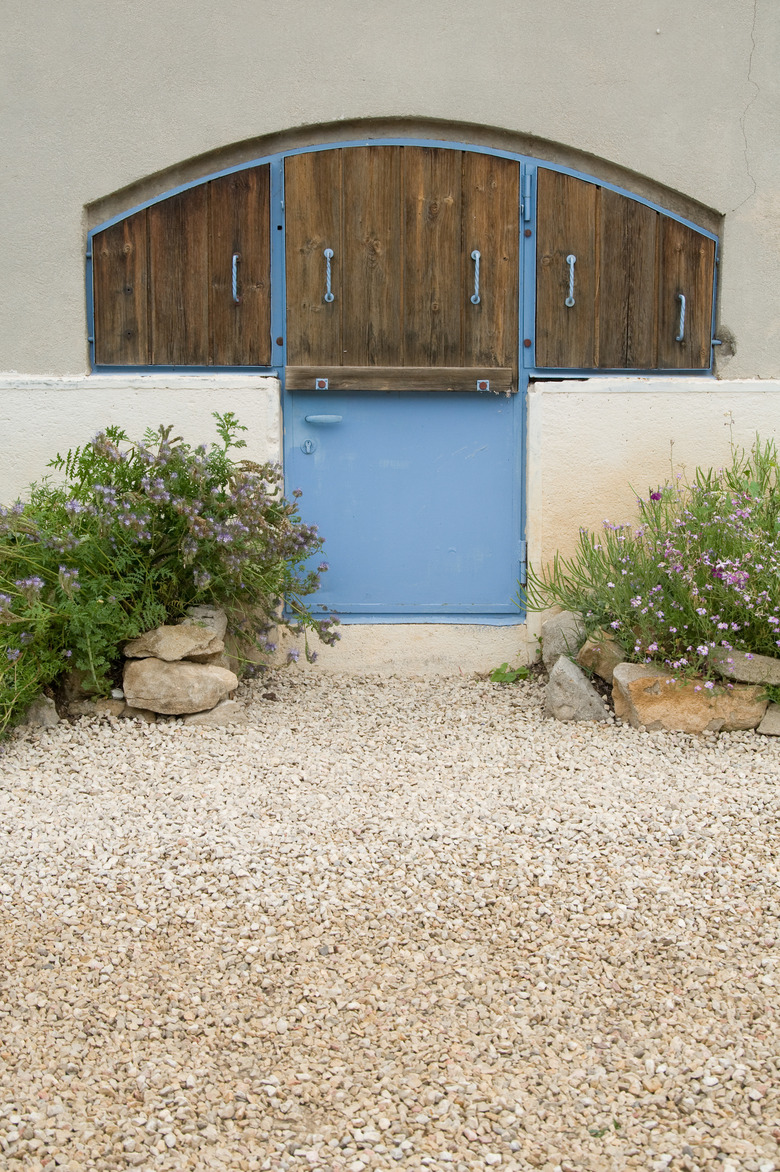How To Install Pea Gravel Flooring
Step 1
Measure the area where you wish to install pea gravel for flooring. Record the measurements and drive stakes at each corner of the area, connected by strings, unless there is already a divider for the area. A patio, for instance, may require at least two stakes while a shed floor will need none.
Step 2
Dig down 3 to 6 inches, removing the topsoil, stones, roots and other debris. Remove the dirt to a compost pile, use it to fill low spots in your yard, place it in your garden or find another use for it.
Step 3
Cut black plastic or landscaping fabric to dimensions that fit the flooring area. Depending on the size of the area, you may need more than one piece. If so, overlap the pieces by 2 or 3 feet to avoid gaps in the ground cover. Spread the material generously, extending several inches beyond the dug-out area.
Step 4
- Measure the area where you wish to install pea gravel for flooring.
- If so, overlap the pieces by 2 or 3 feet to avoid gaps in the ground cover.
Step 5
Install edging around the entire area if it is not already enclosed. A greenhouse floor, for example, is totally surrounded already while a patio might edge the house and have three sides without edging. Lay wooden landscape timbers, bricks, large rocks or other edging as desired; some manufactured edging may have special requirements.
Step 6
Pour pea gravel over the entire area, creating a bed 4 to 6 inches deep. Use bags of pea gravel purchased at the store or order pea gravel delivery on a dump truck. Determine the amount of pea gravel needed using the dimensions you recorded.
Step 7
Smooth the pea gravel across the area using a shovel or, better yet, a rake. Pea gravel may prove awkward and difficult to work with at times; over large areas, use a straight board, dragged across the surface, to "screed" the surface smooth more easily. Neaten the area and clean up to complete the job.
Step 8
- Install edging around the entire area if it is not already enclosed.
- Pea gravel may prove awkward and difficult to work with at times; over large areas, use a straight board, dragged across the surface, to "screed" the surface smooth more easily.
